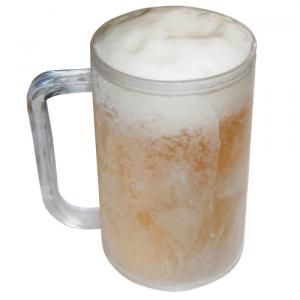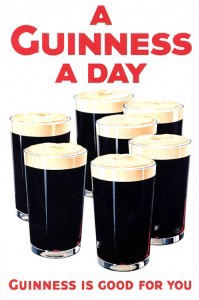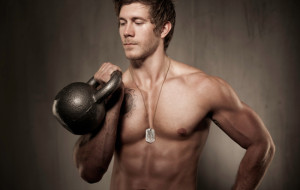As a Beer Snob, I am contractually obligated to violently dispel any myths about beer that I hear or see being propagated by the ignorant. (They’ll take away my BS membership card if I don’t.) This is why I am the one in your party of bar-goers who loudly asks the bartender for a pint glass that isn’t frosted, thank you, I like to be able to taste my beer. [Pushes up glasses.] I don’t know why that always makes you blush.
Beyond the idea that beer must be ice cold, there are an astonishing number of misconceptions about my favorite beverage in regards to taste. The belief that a beer’s color directly relates to its taste is a big one. First of all, lagers are not all light-colored, and ales are not all dark. Then there’s the feeling that very dark beers are thick, strong, and heavy. I still am unclear as to what “heavy” means in this context. I’ve asked before, only to be met with unhelpful glares. Dark beers are so often light or sweet that I hate for them to get a bad rap. They are typically very serious and insightful beers, though, so perhaps that’s where the rumor started.
Another dark beer misconception: that it is more caloric than lighter colored beer. Nope! The numbers are fuzzy (not surprisingly), but after consulting with the PK|BF Research Team, I can say confidently that Guinness doesn’t have all that many more calories than a Bud. I would gladly, any day, take in thirty more calories to avoid drinking soulless beer. This is from the woman who will carefully stack, drape, hang, balance, and heft all the groceries to get them from the car, across the parking lot, up the stairs, and into the kitchen in one trip; that is, I spend a lot of energy avoiding unpleasantries.
Certain beer styles have stereotypes that act against them, too. For example, I have often heard people turn down an IPA because they don’t like the bitterness. Not all are bitter, of course; in fact, many are downright floral and fruity. One of my favorite imperial IPAs, Great Divide’s Hercules, weighs in at a whopping 85 on the IBU scale (International Bittering Units — check out my glossary), but it goes down smoothly, and is alarmingly tasty.
Another stereotype is that winter warmers must be spicy. When in full Christmas Curmudgeon Mode, I can be seen wandering the beer aisles at the grocery, muttering humbug at all the nutmeg-y beers. This English style should be big, round, and malty…just like Saint Nicholas. I have the suspicion that some breweries call any old beer with spices a “winter warmer,” when really, it should be labeled: “really bad hangover.”
Lastly, the big one: beer is bad for you. I think we’ve probably all proven to ourselves, beyond the shadow of a stout, that beer — or any alcohol — is bad for your health if consumed in excess. Let’s just say one or two a night is healthy, because that’s what I drink a night. At this level, beer has been proven to be heart healthy, just like wine. It has also been shown to prevent type 2 diabetes, aid in kidney health, and lower your blood pressure. Men’s Health magazine says so. Also, a certain blood alcohol level can actually increase your creativity! (You didn’t think I wrote these sober, did you?)
I hope all of you will aid me in dispelling the slanderous rumors. Bartenders love it when you helpfully point out what they’re saying is factually inaccurate. And your friends really dig it when you point out how skinny you are even while drinking the stout. See if one of them will buy you a beer!



